This article was medically reviewed by Luba Lee, FNP-BC, MS. Luba Lee, FNP-BC is a Board-Certified Family Nurse Practitioner (FNP) and educator in Tennessee with over a decade of clinical experience. Luba has certifications in Pediatric Advanced Life Support (PALS), Emergency Medicine, Advanced Cardiac Life Support (ACLS), Team Building, and Critical Care Nursing. She received her Master of Science in Nursing (MSN) from the University of Tennessee in 2006.
There are 10 references cited in this article, which can be found at the bottom of the page.
This article has been viewed 811,492 times.
You’re enjoying a cold popsicle on a hot summer day when suddenly—ouch! There’s that annoying pain in your head again. Brain freeze is awful, but fortunately, we have some solutions to help. Keep reading to learn about some tips and tricks you can use to prevent or treat that next ice cream headache.
Steps
Relieving Brain Freeze
-
1Recognize the symptoms. Brain freeze is a painful sensation that occurs when a cold substance touches the back of your throat and the surrounding blood vessels constrict rapidly in response. When the blood vessels begin to dilate again, they activate the trigeminal nerve, which controls sensation to much of the face. This can feel like a sharp or stabbing pain in the sinuses or forehead. Brain freeze will subside on its own within a few minutes.[1]
- The mechanism that causes brain freeze has also been linked to migraines. If your headache doesn’t go away after 5-10 minutes, or if you get brain-freeze-type pains without consuming cold things, consider seeking medical treatment.[2]
-
2Remove the offending substance. If you just chugged a frozen Coke or bit into an ice pop and were rewarded for your efforts with brain freeze, the first thing to do is stop consuming the cold stuff.[3]Advertisement
-
3Warm the roof of your mouth with your tongue. You can relieve brain freeze pain by quickly warming the roof of your mouth (also referred to as the soft palate and hard palate; the hard palate is the part with bone, and the soft without) after it's already been cooled. If you do this soon enough, you may be able to ease the surge of blood flow to your brain.[4]
- Touch your tongue to your soft palate. If you can roll your tongue in a ball, press the bottom of your tongue to the roof of your mouth. The underside of your tongue may be warmer than the top side (which was probably cooled by the Slurpee you just chugged.)
- Some people find that firmly pressing your tongue against the roof of the mouth alleviates brain freeze, so try applying extra pressure!
-
4Drink a warm liquid or plain warm water. The beverage doesn’t have to be extremely hot, it just needs to be at room temperature or above to restore your mouth’s normal temperature.
- Sip the liquid slowly and swish it around your mouth a bit. This will warm up your palate.
-
5Make a mask with your hands to cover your mouth and nose. Breathe quickly into your cupped hands. This will trap your warm breath and raise the temperature inside your mouth.
-
6Press a warm thumb against your palate. Obviously, make sure your hands are clean before you do this, but since your body temperature is much higher than the temperature inside your suddenly-freezing mouth, the warm contact may help relieve the pain.[5]
-
7Wait it out. The brain freeze will usually pass on its own within 30-60 seconds. Sometimes the shock of the brain freeze makes it seem worse than it really is, but if you expect it and know that it'll come and go, it doesn't have to be a traumatizing experience.
Preventing Brain Freeze
-
1Understand what causes brain freeze. Surprisingly, scientists still don’t know exactly what causes brain freeze, but recent research has given them some very solid theories. Two mechanisms seem to be at work in your mouth when something extremely cold is unexpectedly introduced. (Remember, your body temperature is around 98.6°F, but the ideal serving temperature for ice cream is around 10°F!).[6]
- When you quickly consume a very cold substance, it unexpectedly and swiftly changes the temperature in the back of your throat where your internal carotid artery and your anterior cerebral artery meet. This temperature change causes a rapid dilation and constriction of these arteries, and your brain interprets this as pain.[7]
- When the temperature in your mouth plummets unexpectedly, your body quickly dilates blood vessels in the area to ensure a steady flow of blood (and warmth) to the brain. Your anterior cerebral artery (which is located in the middle of your brain, right behind your eyes) expands to carry this blood into your brain. This sudden expansion of the artery and influx of blood can cause a spike in skull pressure, leading to a headache sensation.[8]
-
2Prevent cold food from touching the roof of your mouth. Obviously, you're not going to give up cold foods just so that you can avoid brain freeze. Rather, let the bite or sip warm on your tongue before you let the substance touch the roof of your mouth. If you’re eating ice cream, use a spoon and angle it so that the ice cream doesn’t hit the roof of your mouth.[9]
- Avoid straws when drinking cold beverages if possible. Slurping a milkshake through a straw could be your ticket to brain freeze. If you have to use a straw, angle it away from the roof of your mouth.
-
3Consume cold foods and drinks slowly and in small bites. Chugging cold beverages or eating half an ice cream cone in one bite may be fun, but it also makes you much more likely to succumb to brain freeze. One explanation for this is that eating more slowly keeps the cold from overwhelming the blood vessels in your mouth with sudden temperature changes.
-
4Take a break from the cold. If you feel a brain freeze coming on, or if your mouth feels very cold, take a break from the food or beverage for a minute to allow your palate to warm up again.[10]
Warnings
- Do not touch your palatine uvula ("punching bag" in the back of your throat). That will trigger the vomit reflex.⧼thumbs_response⧽
- If you’re prone to migraines, you may need to avoid eating and drinking extremely cold things, as brain freeze can trigger a migraine for some people.[12]⧼thumbs_response⧽
References
- ↑ https://www.forbes.com/sites/brucelee/2016/07/12/the-science-behind-slurpees-and-brain-freeze/#2b4cf35519d7
- ↑ http://blogs.scientificamerican.com/observations/2012/04/22/brain-freeze-might-help-solve-migraine-mysteries/
- ↑ https://my.clevelandclinic.org/health/diseases/21478-brain-freeze
- ↑ https://www.sciencedaily.com/releases/2013/05/130522095335.htm
- ↑ https://www.hopkinsmedicine.org/health/conditions-and-diseases/how-to-ease-brain-freeze
- ↑ https://www.hopkinsmedicine.org/health/conditions-and-diseases/how-to-ease-brain-freeze
- ↑ http://www.sciencedaily.com/releases/2013/05/130522095335.htm
- ↑ http://www.webmd.com/migraines-headaches/news/20120423/new-clue-brain-freeze
- ↑ http://www.telegraph.co.uk/news/health/news/11024397/Use-a-spoon-to-avoid-ice-cream-headache-doctor-suggests.html
About This Article
To stop brain freeze, firmly press your tongue against the roof of your mouth, which will help warm it up so the brain freeze goes away. You can also cover your mouth and nose with your hand and start breathing quickly, which will trap warm air in your mouth and make the brain freeze go away faster. If the brain freeze persists, try taking a sip of a warm drink and swishing it around in your mouth. To prevent the brain freeze from coming back, eat cold things slowly and stop eating right away if you start to feel any discomfort. To learn more from our Registered Nurse co-author, like how to stop brain freeze with your thumb, keep reading the article!

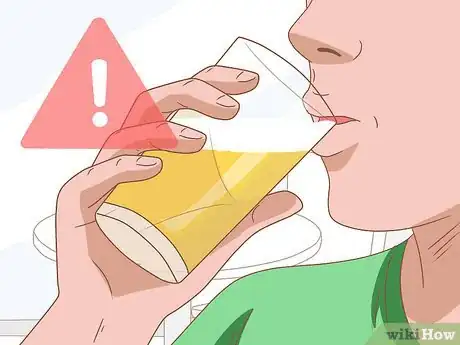
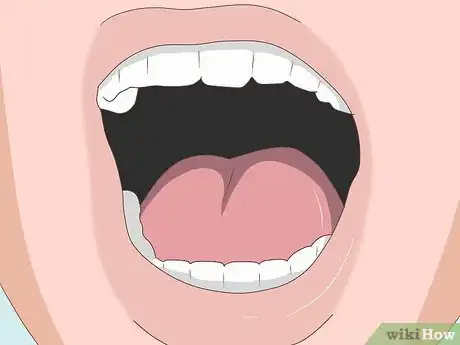
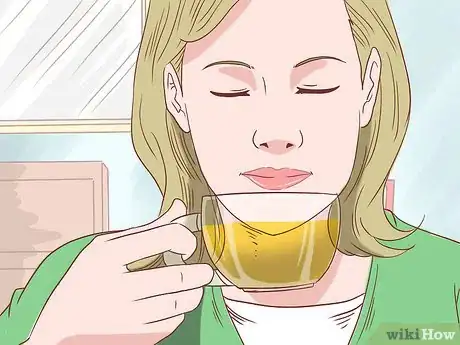
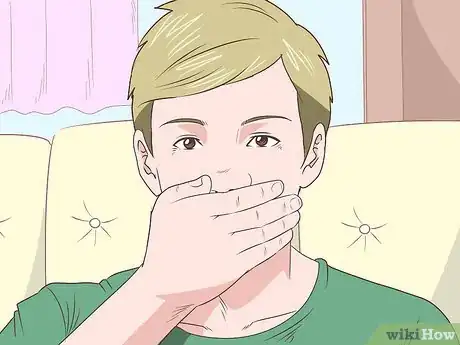
-Step-3-Version-2.webp)


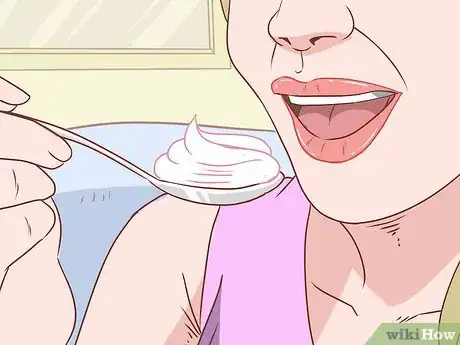

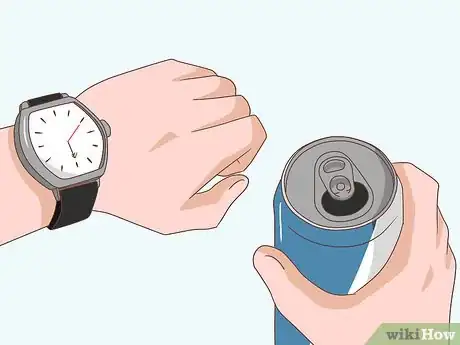
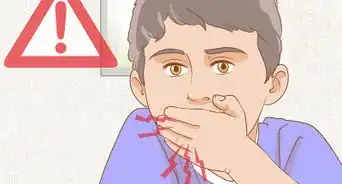
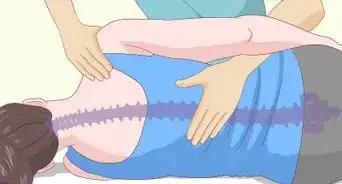

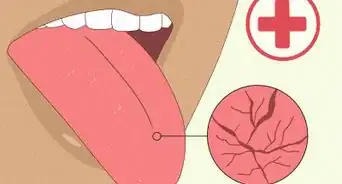



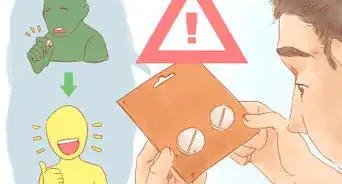

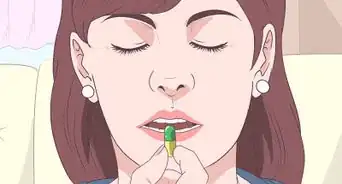

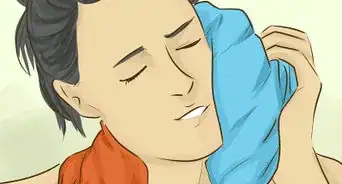
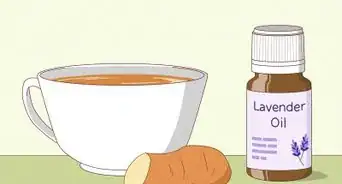
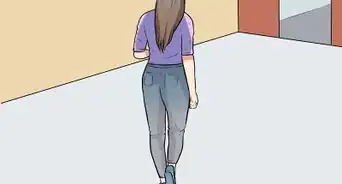










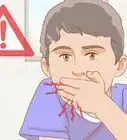


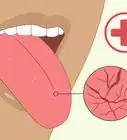



































Medical Disclaimer
The content of this article is not intended to be a substitute for professional medical advice, examination, diagnosis, or treatment. You should always contact your doctor or other qualified healthcare professional before starting, changing, or stopping any kind of health treatment.
Read More...